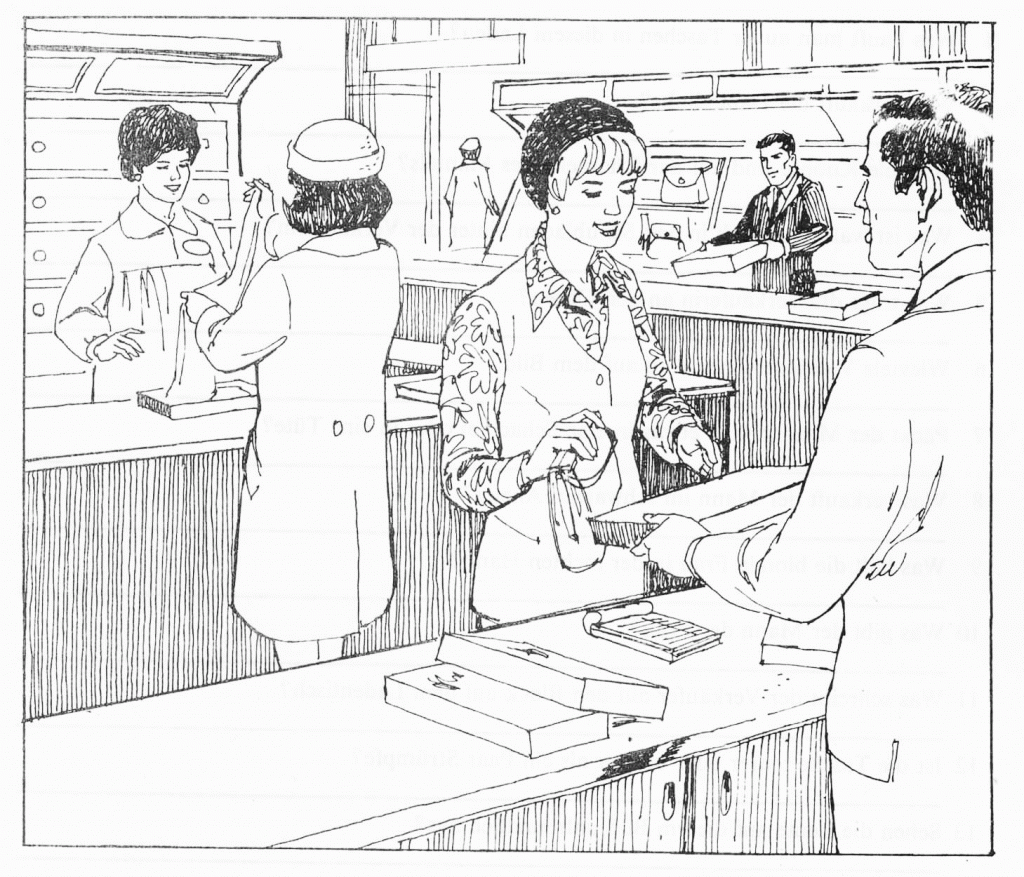There are three adverbs that are often used together with the Present Perfect and the Simple Past: just, already, and yet.
just = “a short time ago”
Examples:
Tom just came home from school.
Tom’s just come home from school.
Sally’s not here – she just left a few minutes ago.
Come in! I just finished cleaning the kitchen.
It’s weird that Mark called me – I was just thinking about him.
already = “before you/I expected”
Examples:
The children have already done their homework, and are now playing in the back yard.
I already baked a cake for tomorrow night’s party.
John’s in bed already. He got up at 5:30 this morning, so he was pretty tired.
Hello, Mr. Smith. I do believe we’ve already met.
Hurry up and get dressed! The guests have already come!
yet = “until now”
Examples:
Have you done your homework yet?
Did you do your homework yet?
I haven’t seen the new Indiana Jones movie yet.
Bob’s been at his job for five years, and hasn’t gotten a promotion yet.
Did Kelly go on vacation yet?
Exercise: Rewrite the sentences using the present perfect.
Example:
Did Kelly go on vacation yet? ==> Has Kelly gone on vacation yet?
1. I didn’t tell my father yet that I lost my job.
2. Tim already shoveled the snow from the sidewalk.
3. Sam just took a shower.
4. Did you just get home from work?
5. Oh, I already put away the groceries.
6. Did you change the baby’s diaper yet?
7. We just bought a new dishwasher.
8. Steve already graduated from college.
9. Dave didn’t vote yet.
10. I just turned on the radio.
Exercise: Rewrite the sentences using the simple past.
Example:
The guests have already come! ==> The guests already came!
1. Matt hasn’t eaten dinner yet.
2. The TV repairman’s just left.
3. Mr. Jones is not in. He’s already left for the day.
4. Do you want to talk to Bill? He hasn’t gone to bed yet.
5. Help! I’ve just been robbed!
6. She’s already celebrated her birthday.
7. The baby hasn’t gotten any teeth yet.
8. The baby’s just said “Dada” for the first time.
9. Have you talked to your cousin yet?
10. Mary’s already returned the books to the library.
There are three adverbs that are often used together with the Present Perfect and the Simple Past: just, already, and yet.
just = “a short time ago”
Examples:
Tom just came home from school.
Tom’s just come home from school.
Sally’s not here – she just left a few minutes ago.
Come in! I just finished cleaning the kitchen.
It’s weird that Mark called me – I was just thinking about him.
already = “before you/I expected”
Examples:
The children have already done their homework, and are now playing in the back yard.
I already baked a cake for tomorrow night’s party.
John’s in bed already. He got up at 5:30 this morning, so he was pretty tired.
Hello, Mr. Smith. I do believe we’ve already met.
Hurry up and get dressed! The guests have already come!
yet = “until now”
Examples:
Have you done your homework yet?
Did you do your homework yet?
I haven’t seen the new Indiana Jones movie yet.
Bob’s been at his job for five years, and hasn’t gotten a promotion yet.
Did Kelly go on vacation yet?
Exercise: Rewrite the sentences using the present perfect.
Example:
Did Kelly go on vacation yet? ==> Has Kelly gone on vacation yet?
1. I didn’t tell my father yet that I lost my job.
2. Tim already shoveled the snow from the sidewalk.
3. Sam just took a shower.
4. Did you just get home from work?
5. Oh, I already put away the groceries.
6. Did you change the baby’s diaper yet?
7. We just bought a new dishwasher.
8. Steve already graduated from college.
9. Dave didn’t vote yet.
10. I just turned on the radio.
Exercise: Rewrite the sentences using the simple past.
Example:
The guests have already come! ==> The guests already came!
1. Matt hasn’t eaten dinner yet.
2. The TV repairman’s just left.
3. Mr. Jones is not in. He’s already left for the day.
4. Do you want to talk to Bill? He hasn’t gone to bed yet.
5. Help! I’ve just been robbed!
6. She’s already celebrated her birthday.
7. The baby hasn’t gotten any teeth yet.
8. The baby’s just said “Dada” for the first time.
9. Have you talked to your cousin yet?
10. Mary’s already returned the books to the library.




